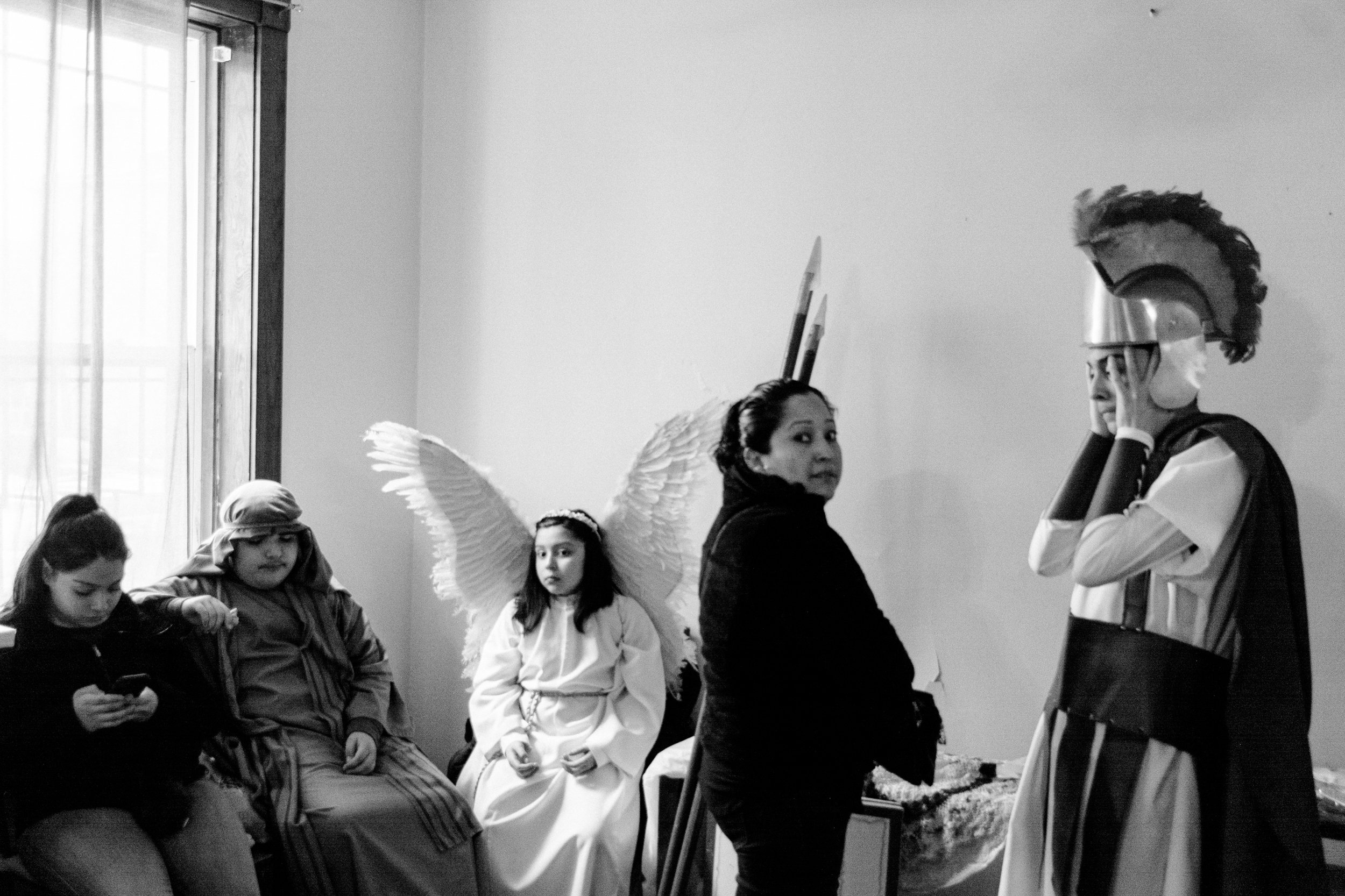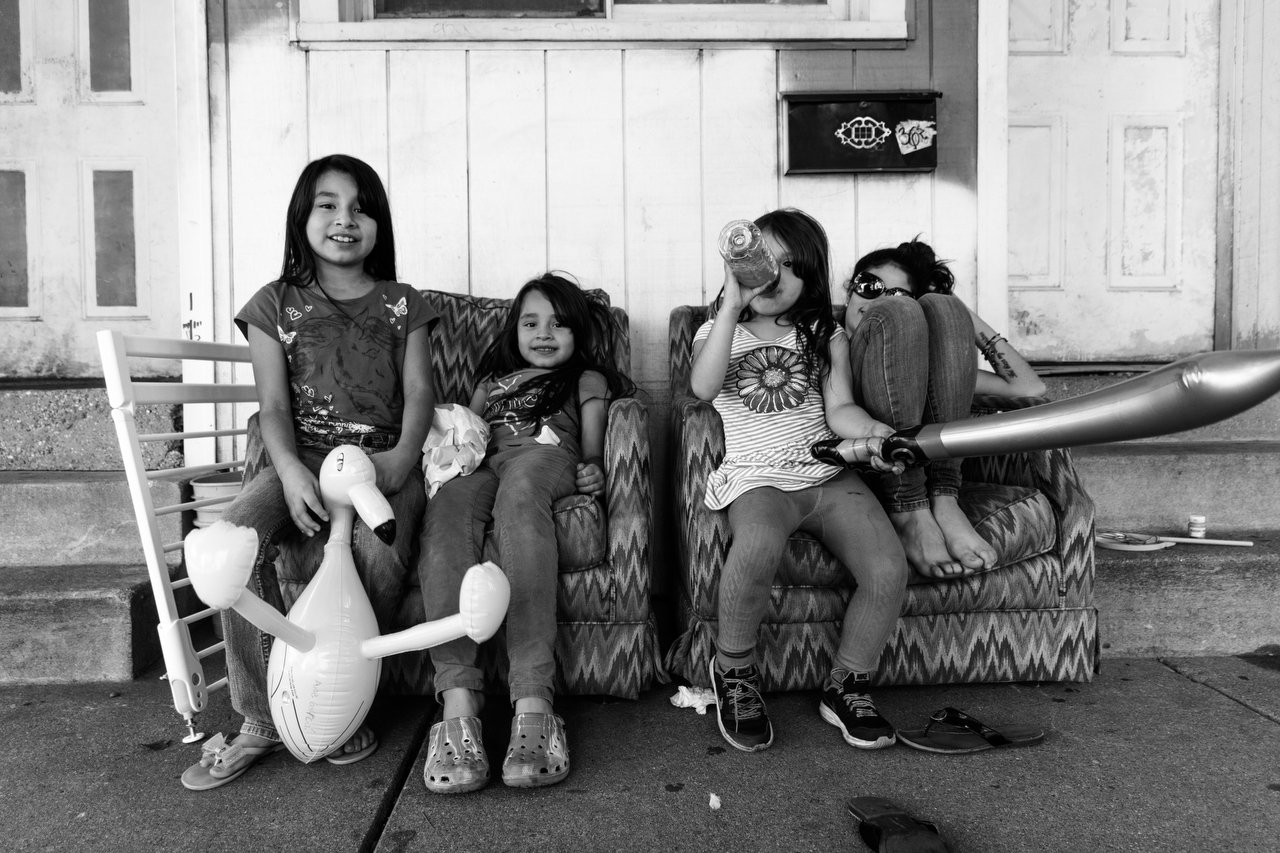The Quietest Form of Displacement in a Change Barrio
This is our home. There is violence in its history; In it, we found an understanding of who we are as a community. Only to face greater violence: Losing our home entirely.
Pilsen, Chicago, IL
Considered the largest Mexican-American community in the Midwest, Pilsen is a small 2.76 square-mile neighborhood in the heart of Chicago.
Gentrification has left deep emotional wounds that are often invisible to newcomers. Places that once held deeper meaning painstakingly created by immigrant mothers and fathers, have morphed into what Forbes Magazine lists as one of the “12 coolest neighborhoods around the world.”
According to a study released by the University of Illinois at Chicago professor, John J. Betancur with Youngjun Kim, over 10,300 Latino residents lefts as the neighborhood witnessed rapid development in just the first ten years of the 2000s’.
“I’m seeing more and more different buildings being torn down and built up as condos and being rented out by all these ‘happy’ Anglo families,” said Phrito Cruz who was born and raised in Pilsen. “It’s not anything bad to see them happy. It’s the back-story that’s frustrating. Like, oh, they feel comfortable here, when I’m over there wondering where my neighborhood went — I just don’t see it anymore.”
It wasn’t that long ago that newspapers highlighted Pilsen’s gang conflicts and shootings instead of new development and condos. From the Chicago Tribune, September 6, 1988, in an article titled 18th Street: Pilsen’s Lifeline And Gangs’ Death Row: “It seems that not a night goes by anymore without shots being fired on 18th Street. In the latter part of the summer, not a week has gone by without someone being wounded. Eleven people were shot in the last three and a half weeks of August.”
Those who grew up in these previously unsafe streets learned the importance of hypervigilance — avoiding spaces marked by gang graffiti, ready to react to the unsuspected rumbling of a car or the pop of a firework. They remember a different Pilsen, now finding it difficult to build relationships with newcomers who don’t understand its history.
“You try to avoid those interactions,” said 15-year-old Francisco Pantoja. In his life, he has lived in three different apartments within Pilsen. Earlier this year was the first time his family couldn’t afford to stay because of rising rents, forcing them a travel a 30-minute bus ride south. “You can’t fully prepare for something like that because it’s going to happen either way. All you can do is take precautions.”
—First published in The New York Times, The Quietest Form of Displacement in a Changing Barrio is part of the permanent collection at The National Museum of Mexican Fine Art.















